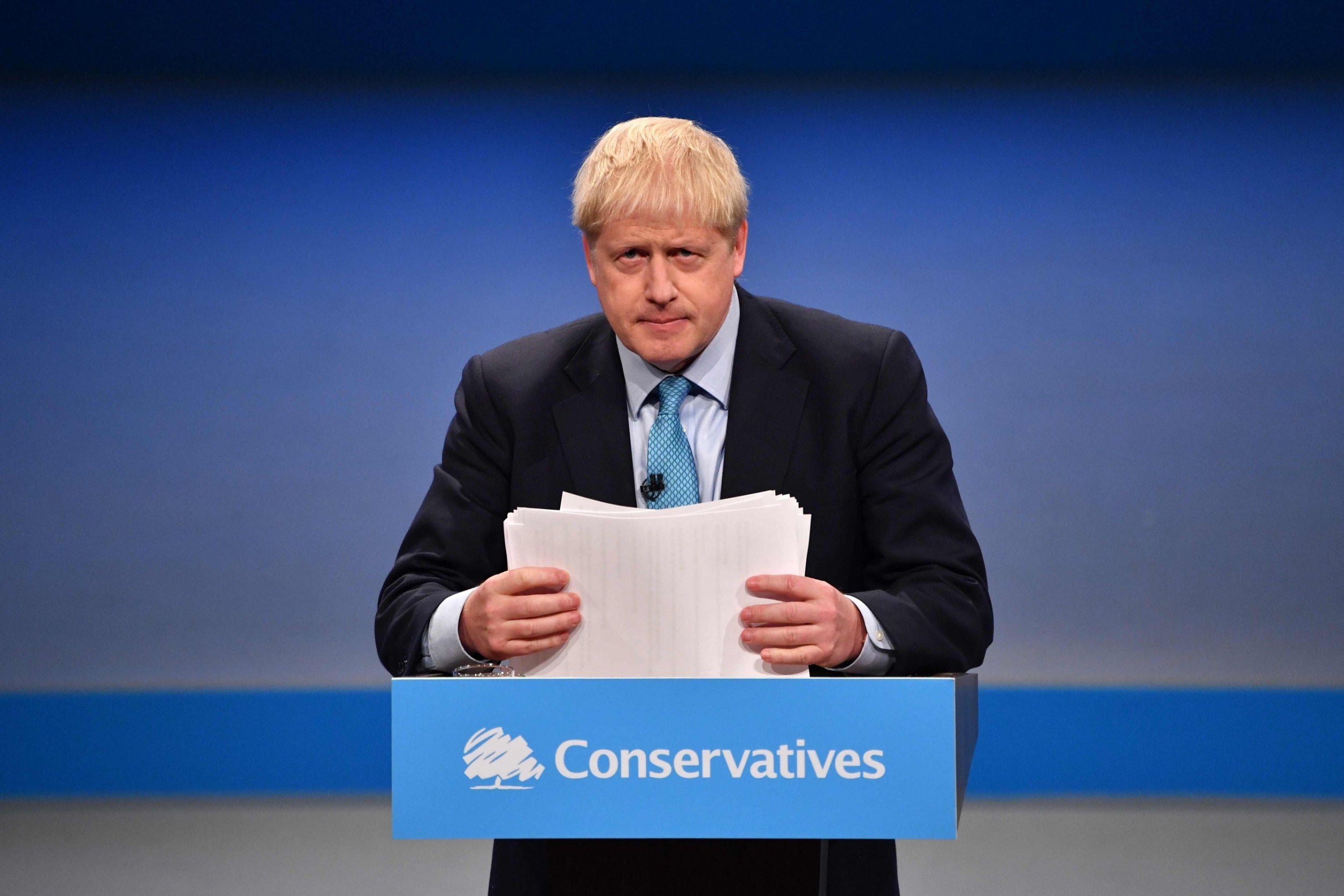Boris Johnson presented his Brexit proposals to Brussels on Wednesday. EU leaders responded politely, and didn’t immediately dismiss the plans. But they also said they weren’t good enough.
Under the plans, Northern Ireland would continue to follow single market regulations for goods, but be part of a separate UK customs union.
The result would be customs checks on goods passing between the republic and the north, and regulatory checks on goods passing between Great Britain and Northern Ireland. Crucially, the Northern Ireland assembly would also be given a veto on the plan and have to approve it every four years.
The EU reaction was not an immediate dismissal for two reasons. Firstly, the plans were closer to what the EU had been demanding than what had been expected. Leaked earlier UK plans suggested Northern Ireland would only be aligned with the EU single market for agricultural foods, but the final plans covered all goods. This difference, which may have been a last-minute addition, was seen as a step in the right direction and prompted goodwill from Brussels.
The second reason to be positive was the political context: Downing Street had been briefing that Mr Johnson would tell Brussels this was his “final offer”. But he didn’t: such words never left his mouth when he took to the stage at Tory conference. Whether he was ever planning to make such an ultimatum, we don’t know, but the fact he didn’t suggested to Brussels that he might be serious about wanting a deal. He was rewarded for that approach with a soft landing.
Brussels and Dublin, which are essentially on the same page, raised two main problems with the proposals: the fist was the customs checks between Northern Ireland and the Republic of Ireland. Despite vague UK promises that such checks wouldn’t have to be done at the border, as far as the EU is concerned this would breach the Good Friday Agreement – and commitments made by the British government to avoid a hard border. UK suggestions that checks could be carried out at “designated locations” sounded an awful lot to EU officials like the creation of customs posts. The UK has not been able to produce an adequate explanation of how these things are different.
The issue the EU has is that such locations could become a target for terrorists – as they were before when customs processing centres existed previously. There are also concerns that other EU countries could seek the kinds of exemptions given to Britain.
The second big cause of concern with the UK proposals in Brussels is the Stormont veto. This was introduced by the UK government to placate the DUP – whose votes Boris Johnson thinks he needs to pass any deal he gets. The unionists are also a weather vane for many hardcore Brexiteer Tory MPs, who have in the past suggested they will follow the Northern Irish party’s lead.
But in bending over backwards to placate the DUP, the UK has upset everyone else. No other Northern Irish parties support the proposals. The veto is unacceptable to Brussels for fairly obvious reasons: because of the way Northern Ireland’s political system works it would effectively be giving one party the ability to end the backstop whenever it liked.
This, the EU has said all along, would not be a backstop. There are also other problems with the idea: the assembly has not sat for some years now because of problems forming a power-sharing executive, and there is no guarantee that either will exist in time to sign off the backstop, or be available in the future.
Fundamentally, the EU likes the direction of travel of Johnson’s proposals compared to what it was expecting. But the proposals are still unacceptable, as the EU made clear in the ensuing days.
In the EU’s relatively polite response, there will be an element of the bloc wanting to be seen to be engaging and not be blamed for no deal. But there is also a feeling that perhaps the UK will continue in the same direction, eventually agreeing to something resembling the EU’s original Northern Ireland-only backstop. This is what it comes down to: if you put the EU’s objections together, they are essentially just a list of ways the UK proposals are not the EU backstop. The red lines in Brussels have not changed and show no signs of being about to.


Join our commenting forum
Join thought-provoking conversations, follow other Independent readers and see their replies
Comments